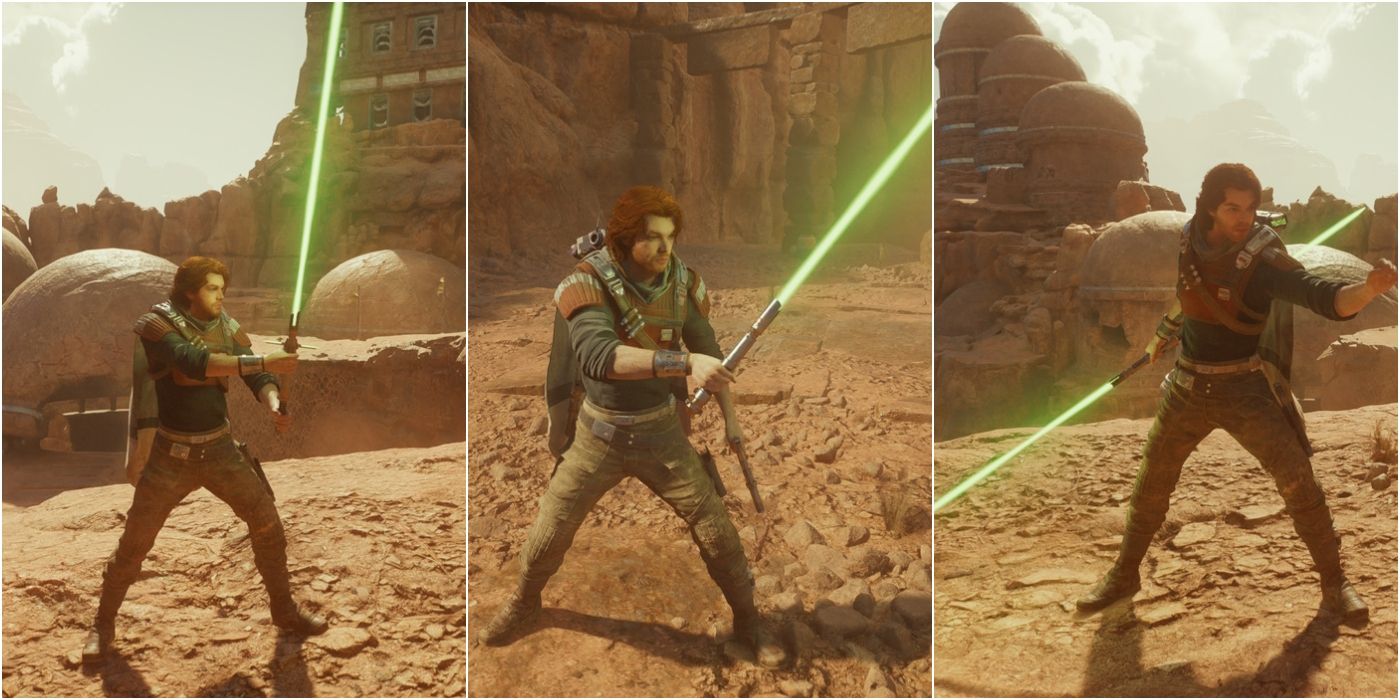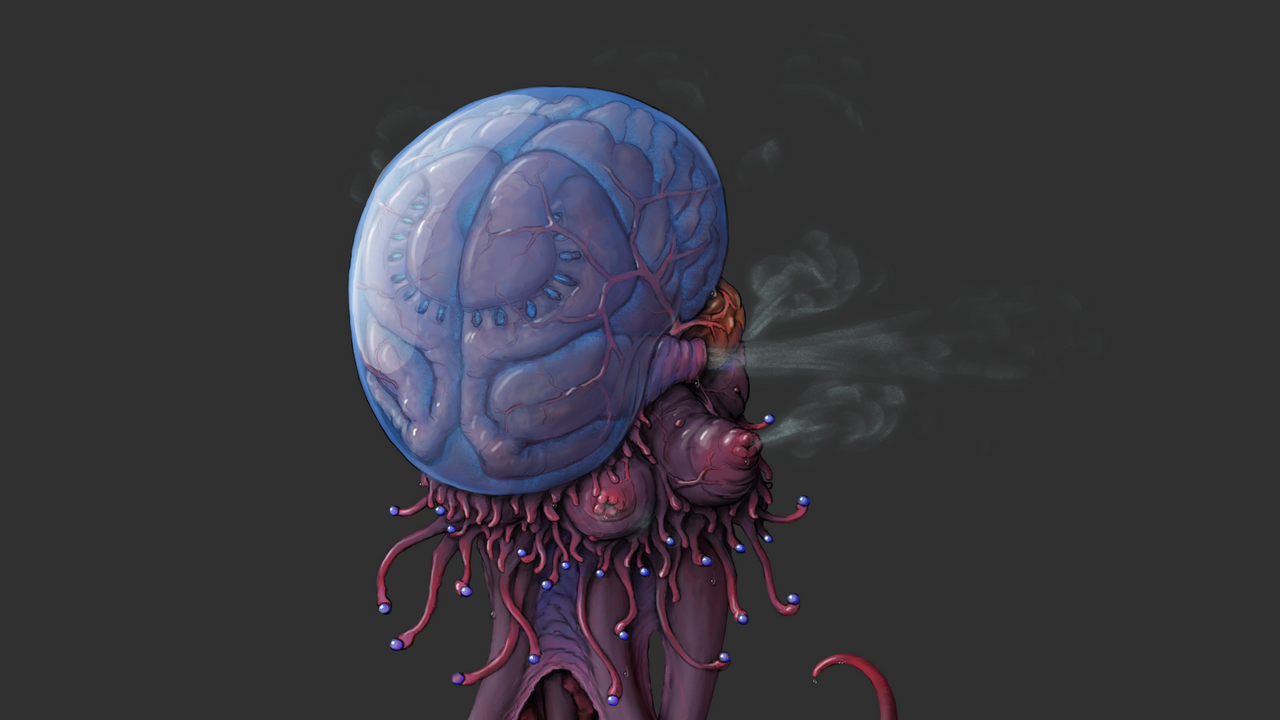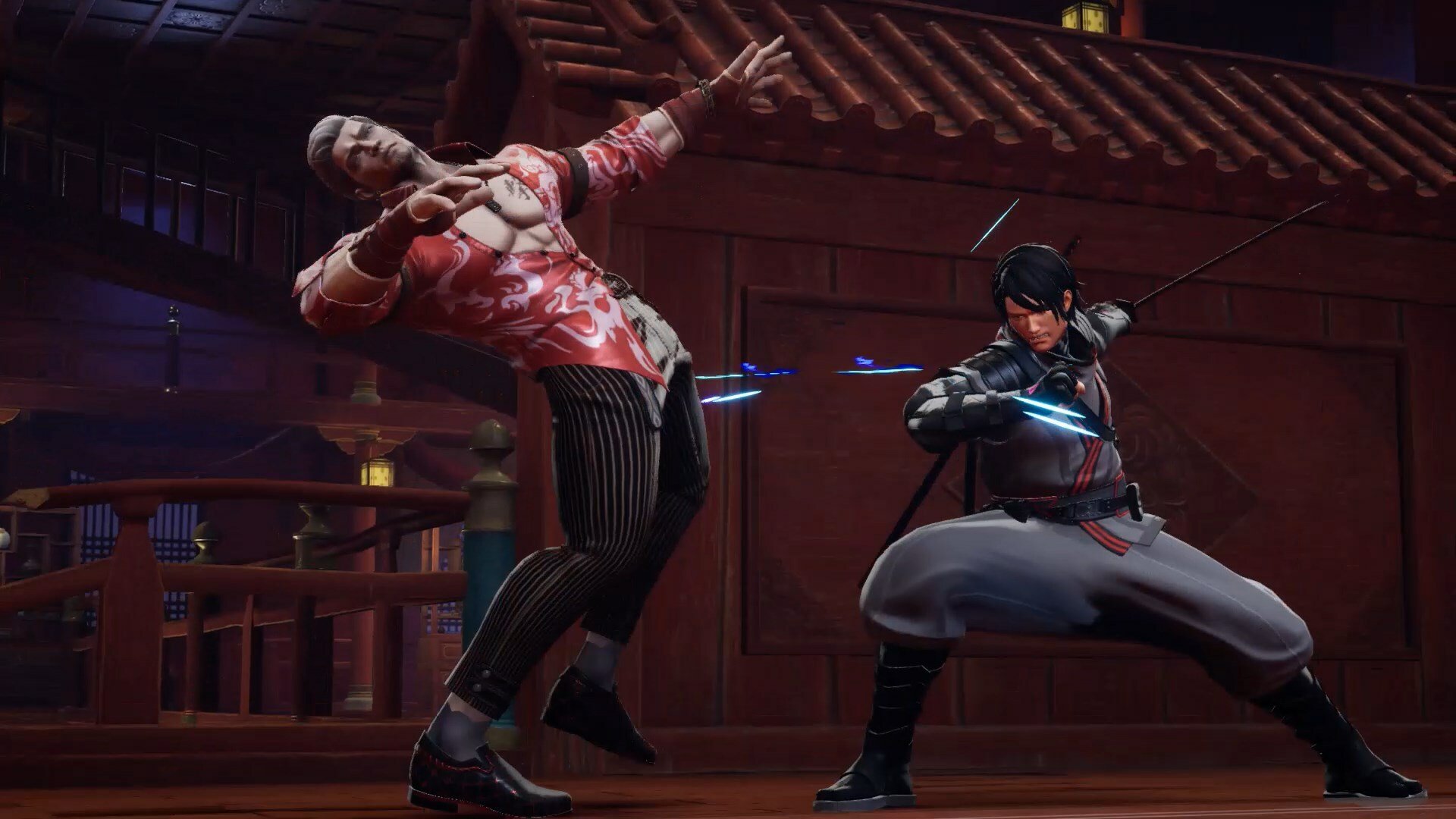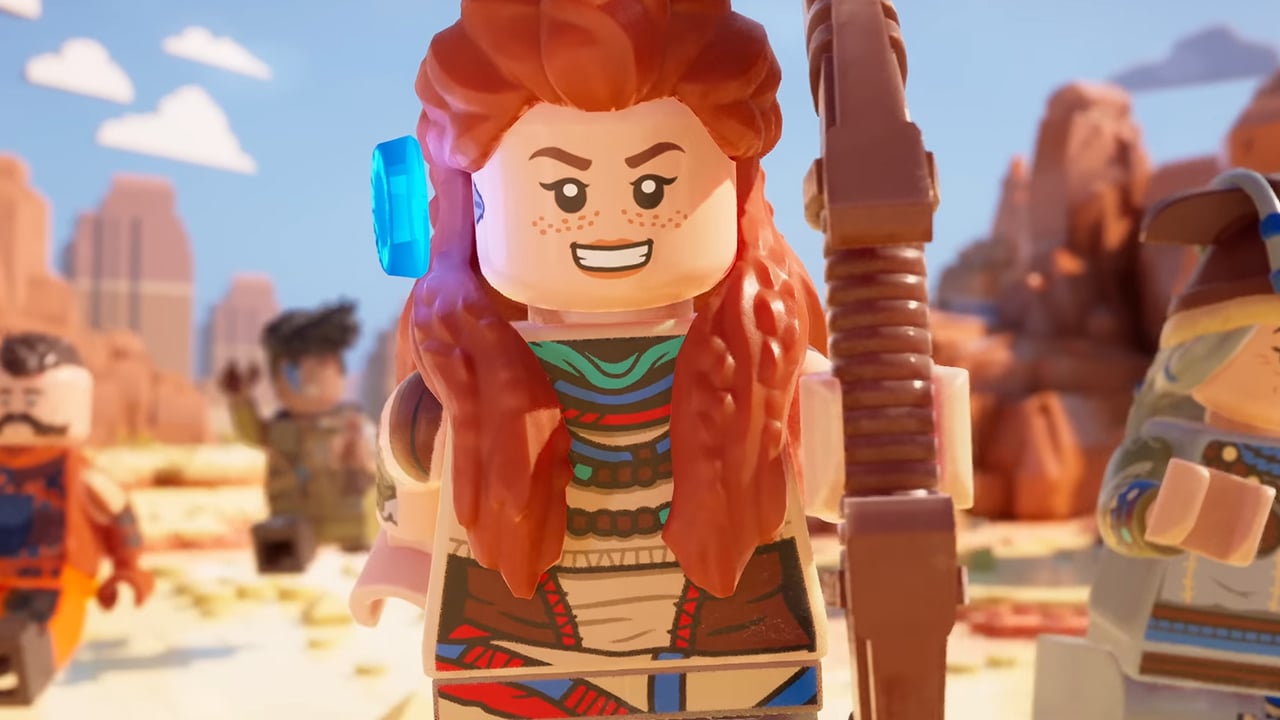Excitement among fans of Star Wars Jedi: Survivor was high from the very first teasers, particularly regarding the new lightsaber combat with different stances. Now that the game has been released, it’s clear that the stances do not disappoint, with each offering something unique to combat. Each stance will appeal to a different play style, making multiple playthroughs more rewarding.
Players can only have two stances equipped at a time, so they will need to carefully consider each one and experiment to find the best fit. Each of the five stances in Star Wars Jedi: Survivor has its own strengths and weaknesses, with some being better suited to defense while others excel at damage. While none of the stances are truly the worst and should be avoided, some have more potential than others.
The Double-Bladed stance is one of two that players start with in Star Wars Jedi: Survivor. While it will be familiar to those who have played Star Wars Jedi: Fallen Order, the mechanics of the stance have changed slightly from the first game. The movement when using the stance is much better than in Jedi: Fallen Order, making Cal more mobile and feel more fluid.
This stance is less powerful and has less range than the classic Single Blade, but it offers greater defense and speed. Just like in Jedi: Fallen Order, Cal’s rare double-bladed lightsaber is fantastic for taking out groups of enemies and works best as a crowd-control stance. When upgraded, Cal will be able to throw the lightsaber at groups of enemies, with the blade continuing to spin, and players can control where it flies using Cal’s Force meter.
One of the most fun upgrades for the Double-Bladed stance is called Vortex Dive, costing only one skill point. This is a flying attack just like Darth Maul in Star Wars Battlefront 2. With this, Cal leaps forward with the blade spinning at enemies, looking amazing.
2023-05-03 14:30:05
Source from screenrant.com



















